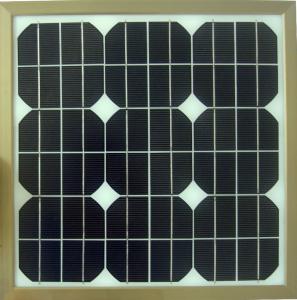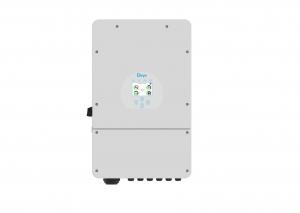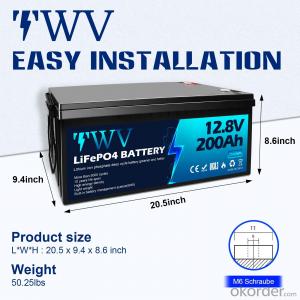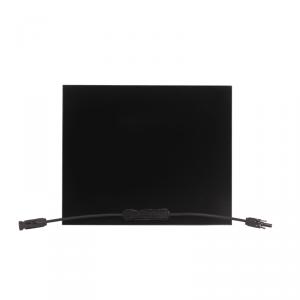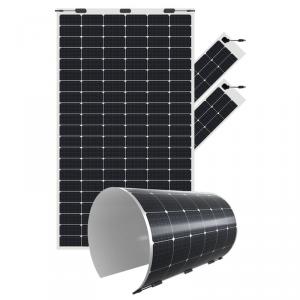Loading Port:Ningbo
Payment Terms:TT or LC
Min Order Qty:4200 watt
Supply Capability:600000 watt/month
Specifications of Mono Solar Cells
Format : 156 mm × 156 mm ± 0.5 mm
Thickness: 210 μm ±40 μm
Front (-) : 1.5mm bus bars (silver),blue anti-reflection coating (silicon nitride)
Back (+) : 2.5mm wide soldering pads (silver) back surface field (aluminium)
Electrical Characteristic of Mono Solar Cells
Efficiency (%) | Pmpp (W) | Umpp (V) | Impp (A) | Uoc (V) | Isc (A) | FF (%) |
18.35 | 4.384 | 0.526 | 8.333 | 0.63 | 8.877 | 78.39% |
18.20 | 4.349 | 0.526 | 8.263 | 0.63 | 8.789 | 78.54% |
18.05 | 4.313 | 0.525 | 8.216 | 0.63 | 8.741 | 78.32% |
17.90 | 4.277 | 0.524 | 8.161 | 0.629 | 8.713 | 78.04% |
17.75 | 4.241 | 0.523 | 8.116 | 0.629 | 8.678 | 77.70% |
17.60 | 4.206 | 0.521 | 8.073 | 0.628 | 8.657 | 77.36% |
17.45 | 4.170 | 0.519 | 8.039 | 0.628 | 8.633 | 76.92% |
17.30 | 4.134 | 0.517 | 8.004 | 0.626 | 8.622 | 76.59% |
17.15 | 4.098 | 0.516 | 7.938 | 0.625 | 8.537 | 76.80% |
17.00 | 4.062 | 0.512 | 7.933 | 0.625 | 8.531 | 76.18% |
16.75 | 4.002 | 0.511 | 7.828 | 0.625 | 8.499 | 75.34% |
16.50 | 3.943 | 0.510 | 7.731 | 0.625 | 8.484 | 74.36% |
Advantage of Mono Solar Cells
1. High efficiency and High power.
2. Long-term electrical stability.
3. Lowest price and Fastest delivery.
4. Good quality and best service.
5. Bulk supply
6. Trusted Warranty
7. Big Sale
8. More than 25 years on the lifetime.
Usage and Applications of Mono Solar Cells
Solar cells are often electrically connected and encapsulated as a module.
Photovoltaic modules often have a sheet of glass on the front (sun up) side, allowing light to pass while protecting the semiconductor wafers from abrasion and impact due to wind-driven debris, rain, hail, etc.
Solar cells are also usually connected in series in modules, creating an additive voltage.
Connecting cells in parallel will yield a higher current;our solar cells have passed IEC Certification. With high quality and stable quality.
Our Cells can greatly improve the performance of Solar Modules.
Packaging & Delivery of Mono Solar Cells
Carton Box Package and Deliver by air. It should be noticed that it should be avoid of water, sunshine and moist.
Factory Picture of Mono Solar Cells
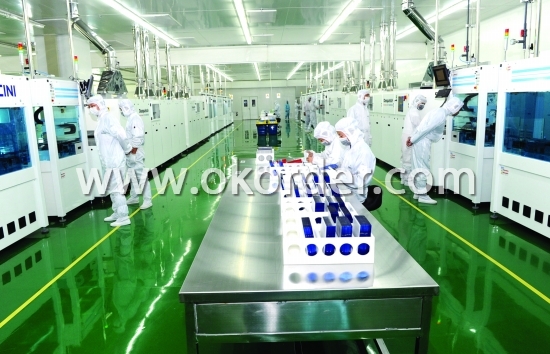
Package Picture of Mono Solar Cells
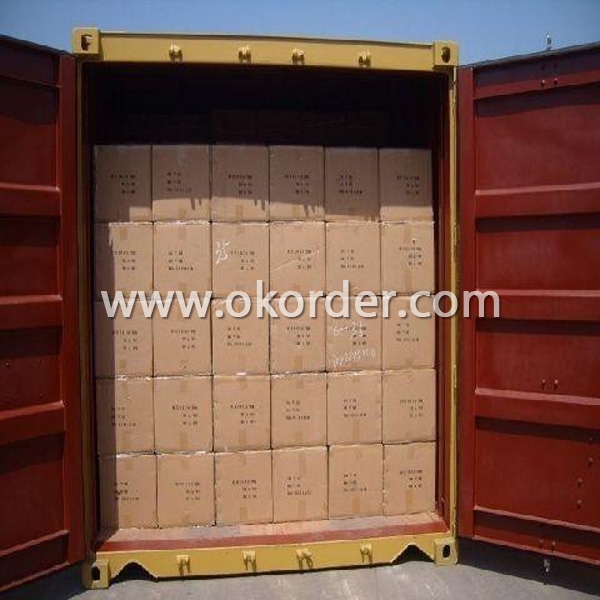
In the long term, despite the current cost of a single crystal is high, but the cost of the single crystal pulling and other non-silicon costs will gradually close to the ingot and other non-cost polycrystalline silicon in future, therefore the downside of mono solar cells’ cost is greater than polycrystalline. At the same time the existing P-type cell conversion efficiency has been gradually facing a bottleneck, while the new N-type monocrystalline cells (conversion efficiency to 22% to 24%) is already in production, costs and wait until the technology to further breakthroughs, is expected to gradually spread. So the future is expected to gradually increase the amount of a single crystal production, the production of photovoltaic silicon cells account for world dominance.
Polycrystalline silicon solar cell production analysis
According to statistics, 2003--2012 global polysilicon solar cell production increased year by year, from 2003 to 2012 grew 467MW 17292MW, the annual compound growth rate of more than 40% from the market share of various types of solar cells see 2003 - 2005 period the proportion of polycrystalline silicon cells decreased from 63-57% in 2006 - in 2012 it remained stable at 45% - 50%. The first half of 2013, global polysilicon solar cell production reached 9432MW.
Polycrystalline silicon solar cell market outlook
The first half of 2013, global polysilicon production reached 100,000 tons, crystalline silicon solar cell production of 18GW, polycrystalline silicon consumes about 11 million tons, because the downstream PV companies continue to digest inventory, the polysilicon market supply and demand balance. From a market share point of view, 2012 - May 2013, the market share is still slightly higher than the polycrystalline silicon solar cell silicon solar cells. This highlights the current status of polycrystalline silicon photovoltaic cell technology market is still one of the two major technology firms.
But according to the performance of domestic companies since 2012, mono solar cells 2BB/3BB technology is better than the overall performance of the company polysilicon companies. The current global PV market has not yet fully grown; mono solar cells 2BB/3BB and polycrystalline technology has living space. Short and medium term, polysilicon will remain relatively dominant. From the long-term trend, mono solar cells 2BB/3BB will be able to share half of the market space at least.


